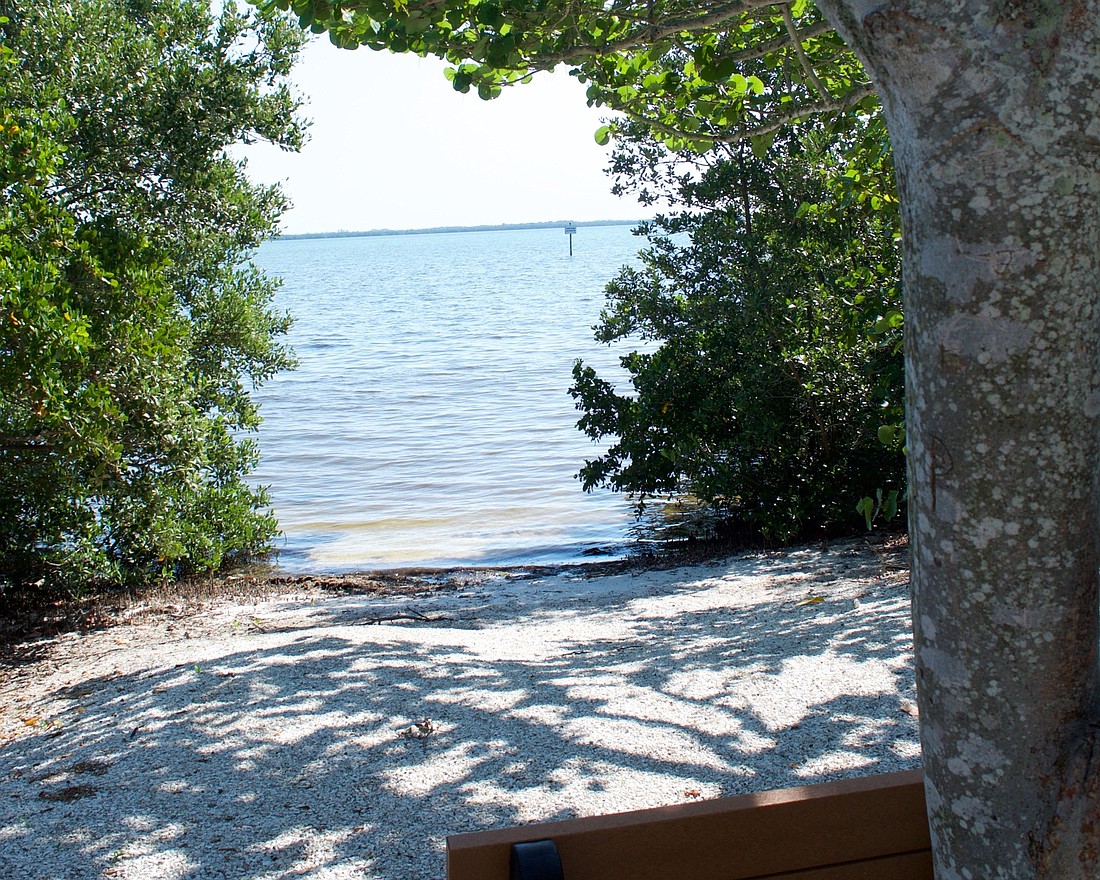- April 26, 2024
-
-
Loading

Loading

The town of Longboat Key has found no evidence of human waste in Sarasota Bay near the point of last month’s mainland sewage break as testing continues.
In addition to sampling for fecal coliform bacteria and enterococci bacteria, the town contracted Environmental Science Associates to perform microbial source tracking.
ESA principal associate Dr. David Tomasko said there were no indicators of human pathogens at the sites located closest to the leak site, about 100 yards from the shoreline of Sarasota Bay in a patch of mangroves west of El Conquistator Parkway.
"These results, in combination with other results of more traditional FIB [fecal indicator bacteria] suggest that there is little evidence of a substantial impact of the leak, and little evidence of sewage leaks in that part of the bay close to Longboat Key, along the pipeline route,” Tomasko wrote in an email to Longboat Key Public Works Director Isaac Brownman.”
ESA sampling detected human source material at a station about 2.5 miles away near Bayshore Gardens. Town Manager Tom Harmer said it was “too small to quantify.” Tomasko and the town said they believe the detection is unrelated to the leak.
“It is in an area where FIB abundance has been consistently higher than at the areas closest
to the leak, during our sampling efforts,” Tomasko wrote. “Combined, these results suggest that at least some portion of the elevated levels of FIB levels at station WQ-6 are due to human fecal material, which could come about via leaky sewer lines, or other sources.”
Tomasko suggested to Brownman that ESA should conduct more sampling.
“It is more likely that bacterial levels at site WQ-6 are due to a combination of natural sources, along with a potential impact from nearby houses that could be leaking effluent from their waste collection systems,” Tomasko wrote. “Thus, the source of these bacteria is more likely, in my opinion, from those neighborhoods that are approximately 50’ to the east, rather than coming from a leak that was fixed more than a week earlier, at a location more than 10,000 feet away.”
Rafts of algae have been found on both sides of the bay, though no direct link to the spill has been established.
On June 29, town officials reported to state regulators an estimated 25.8 million gallons of untreated sewage might have spilled in the break of a 20-inch pipe under Sarasota Bay to a Manatee County treatment plant. Town Manager Tom Harmer has said the 25.8 million gallons is a high estimate based on normal daily flows. The town has contracted Berkeley Research Group to estimate the total discharge amount and to determine the cause of the hole in the pipe. Harmer said the town is waiting to hear back from BRG. It is also undetermined how much effluent might have reached the bay.
Emails between the town and Manatee County outline the timeline of when county technicians first reported odd readings. On the morning of June 18, Manatee County Utilities Department Lead Operator Jeff Blosser wrote an email to Brownman and Longboat Key public works staff.
“Yesterday at 5:30 PM our flow reading from LBK dropped to zero and has stayed there,” Blosser wrote. “We have looked at our meter and checked an air relief value here, we are wondering if anything [happened] at your end…that could account for the change in flow reading?”
About 30 minutes later, a Longboat Key Public Works employee provided Blosser with the June 17 meter readings in 15-minute increments.
Manatee County wastewater division manager Chuck Fromman wrote that a meter had been replaced, but air was still building up in the sewage line .
On June 23, Manatee County utilities plant supervisor Jeff Koch requested for the county and the town to coordinate some flows to test the meter.
“Something is up with our E &H clamp on meter,” Koch wrote. “We have tried our calibration hand held and are now running a new one. All three meters have shown small flows or like right now, no flow.”
Readings from Longboat to the mainland treatment site dropped from about 2 million gallons a day on June 16 to 0.00 on June 23, still days before the leak was confirmed. The totals built back toward 2 million only after the rupture was located and repaired. A 14-day gap of far-lower-than-normal effluent flows were recorded between June 17-29, according to data supplied by the town to the state.
Manatee County utilities also requested to meet with Longboat Key Public Works staff.
“The testing on Thursday did not yield the desired results, therefore we would like to meet and hopefully get closer to a resolution,” Chief Operator Sam Paullin wrote on June 26.
On June 30, the pipe was repaired. It was built in 1973 and has been in use since 1975, though was given a clean bill of health in 2016..
The pipe gathers sewage from the entire town, pushes it east from a pumping station on Gulf Bay Road underneath Sarasota Bay and terminates at a treatment facility next to the Manatee County Golf Course in Bradenton. Town leaders had begun budgeting for its ultimate replacement last year, with the process toward funding and permitting continuing.